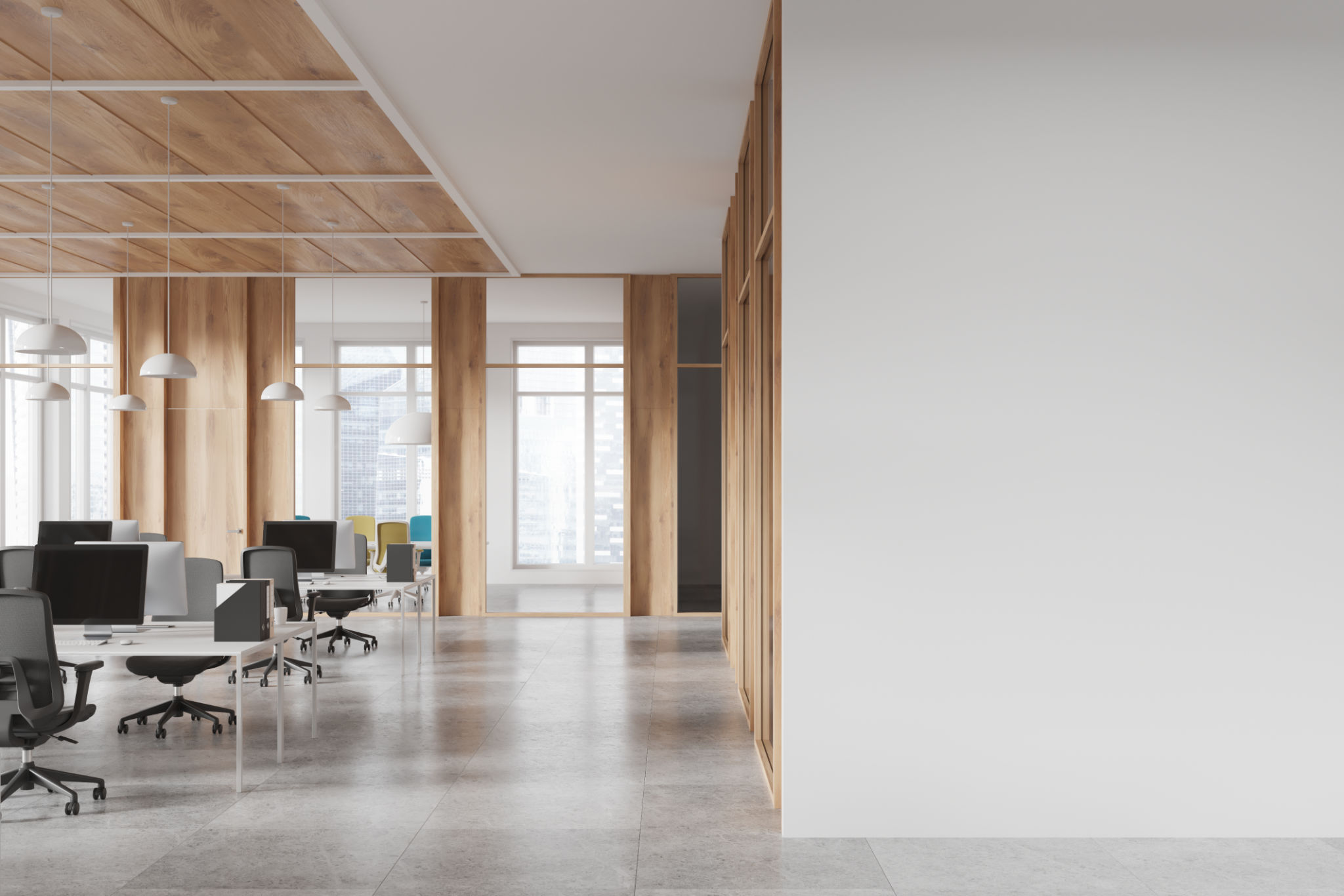Revamp Your Office Space: Design Strategies for Productivity
Why Revamp Your Office Space?
In today's fast-paced work environment, the significance of a well-designed office space cannot be overstated. Whether you're working from home or in a corporate setting, the design of your workspace can have a profound impact on your productivity and overall well-being. A thoughtfully revamped office not only boosts efficiency but also enhances creativity and focus. By making some strategic changes, you can transform your office into a hub of productivity.
One of the primary reasons to revamp your office is to create an environment that inspires and motivates. An aesthetically pleasing and comfortable workspace can help reduce stress levels and improve mood. This, in turn, translates to better work performance and satisfaction. Moreover, an updated office design reflects professionalism, leaving a positive impression on clients and colleagues alike.

Optimize Your Layout for Productivity
The layout of your office plays a crucial role in how effectively you work. Begin by assessing how you use your space and identify areas that need improvement. Consider adopting an open-plan layout if collaboration is key to your work, or create private zones for tasks that require concentration. Ensuring easy access to tools and resources, while minimizing distractions, is essential for maintaining focus.
Another essential aspect is the arrangement of furniture. Positioning desks near windows allows for natural light, which has been shown to improve mood and energy levels. If possible, incorporate standing desks or ergonomic chairs to promote better posture and reduce the risk of work-related injuries.
Declutter and Organize
A cluttered workspace can lead to decreased productivity and increased stress. Implementing effective organizational strategies can help maintain a tidy and efficient office. Start by decluttering your desk, removing unnecessary items, and storing essential documents in organized files or digital formats. Utilize storage solutions like shelves, drawers, or baskets to keep supplies neatly arranged and accessible.

Labeling systems can also be beneficial in keeping track of important documents and materials. By maintaining an organized space, you'll be able to focus better on your work without unnecessary distractions.
Incorporate Inspiring Elements
Adding elements that inspire creativity and motivation can significantly enhance your office environment. Personalize your space with artwork, plants, or motivational quotes that resonate with you. These elements not only add character to your office but also create a more inviting atmosphere.
Plants are particularly effective as they improve air quality and bring a touch of nature indoors. Choose low-maintenance varieties like succulents or snake plants if you're not keen on a rigorous watering schedule. Additionally, incorporating color psychology can influence mood; consider using colors that stimulate creativity or calmness depending on your needs.

Technology and Tools
Integrating the right technology and tools into your office setup is vital for optimizing productivity. Ensure that you have reliable internet connectivity, updated software, and efficient hardware that meet your work requirements. Consider investing in noise-cancelling headphones if you need to tune out distractions in a busy environment.
Smart technology like voice-activated assistants or energy-efficient lighting can further streamline your work processes. By leveraging technology effectively, you can improve workflow and productivity.
Create a Flexible Work Environment
Flexibility is key to a productive workspace. Design your office to accommodate different work styles and needs. For instance, provide areas for collaborative work as well as quiet zones for individual tasks. Flexibility also extends to allowing remote work options or adjustable furniture that caters to different physical needs.
By implementing these design strategies, you can revamp your office space into a productive haven that fosters success and well-being. Take the time to assess your current setup and make changes that align with your work goals and personal preferences.
